Black spice isn't a single specific spice but an umbrella term for several dark-colored spices commonly used in global cuisines. The most authentic black spices include black pepper, nigella seeds, black mustard seeds, black garlic, and toasted cumin seeds. Each has distinct flavor profiles and culinary applications, often confused due to their similar appearance but differing significantly in taste and usage.
Understanding these authentic black spices is crucial for proper cooking technique and flavor development. This comprehensive guide clarifies exactly which spices qualify as 'black spices,' their scientific properties, proper usage techniques, and evidence-based culinary applications. Whether you're troubleshooting a recipe or expanding your spice knowledge, this information comes from extensive research into culinary science and global cooking traditions.
Table of Contents
- What Black Spice Really Means: Clearing the Confusion
- The 5 Authentic Black Spices Chefs Actually Use
- Historical Evolution of Black Spices: Verified Timeline
- The Chemistry Behind Black Spices' Unique Flavors
- Professional Cooking Techniques for Maximum Flavor
- Context Boundaries: Critical Usage Constraints
- Proven Flavor Combinations That Work
- Most Common Black Spice Misunderstandings (Debunked)
- 3 Chef-Tested Recipes You Can Make Tonight
- What Science Says About Health Benefits
- How to Select and Store Authentic Black Spices
- Critical Questions Answered by Culinary Experts
What Black Spice Really Means: Clearing the Confusion
The term "black spice" refers to multiple distinct spices that share dark coloration but differ significantly in botanical origin, flavor chemistry, and culinary application. Contrary to popular belief, there is no single spice called "black spice"—this confusion often leads to recipe failures when substitutions are made incorrectly.
Authentic black spices all undergo specific processing that develops their dark color and complex flavor compounds. Black pepper becomes pungent through enzymatic reactions during drying. Nigella seeds maintain their natural black color. Black garlic transforms through controlled fermentation. Understanding these differences is essential for proper usage in cooking.
The 5 Authentic Black Spices Chefs Actually Use
These are the only spices recognized as authentic black spices in professional culinary circles:
| Spice | Appearance | Flavor Chemistry | Culinary Applications |
|---|---|---|---|
| Black Pepper |  | Pungent from piperine; citrus notes from terpenes | Finely ground for sauces; whole for pickling; freshly cracked for finishing |
| Nigella Seeds | 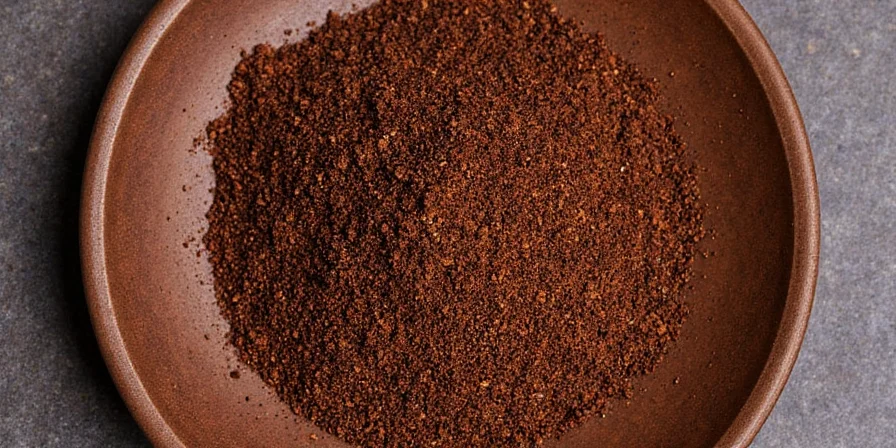 | Thymoquinone gives onion-like, medicinal notes | Essential in naan bread; traditional in Bengali panch phoron spice blend |
| Black Mustard Seeds | 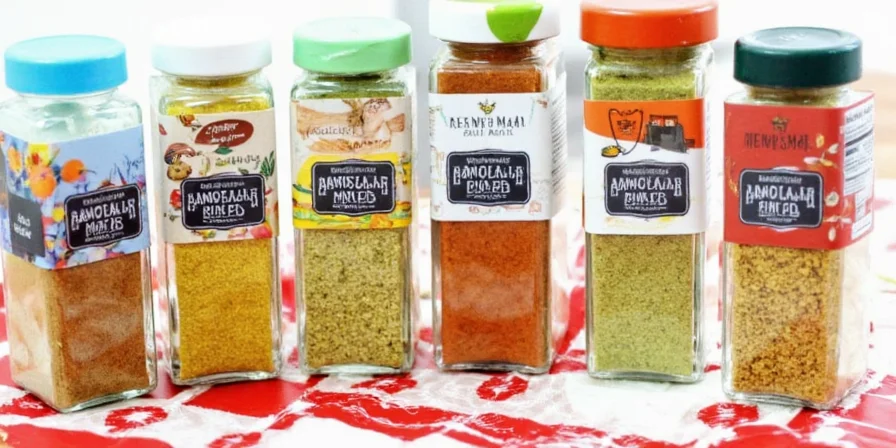 | Higher sinigrin content creates sharper heat than yellow mustard | Must for South Indian tempering; essential in Ethiopian wat stews |
| Black Garlic | 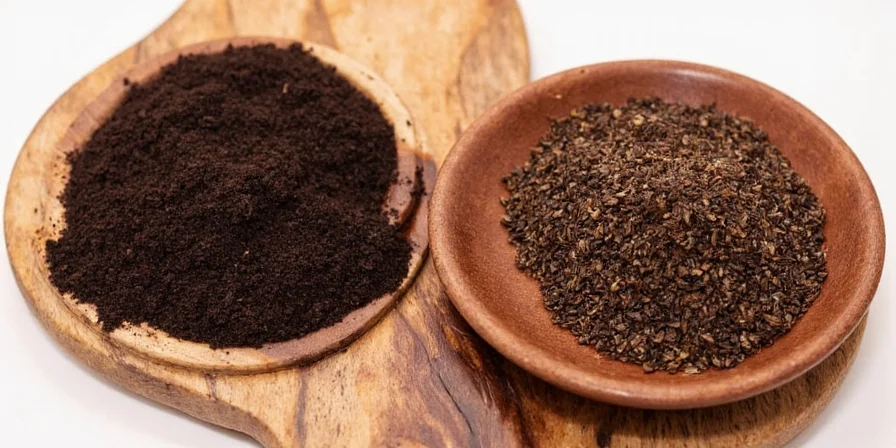 | Maillard reaction creates 18× more antioxidants than raw garlic | Modern fine dining staple; adds umami to sauces without raw garlic's bite |
| Cumin Seeds | 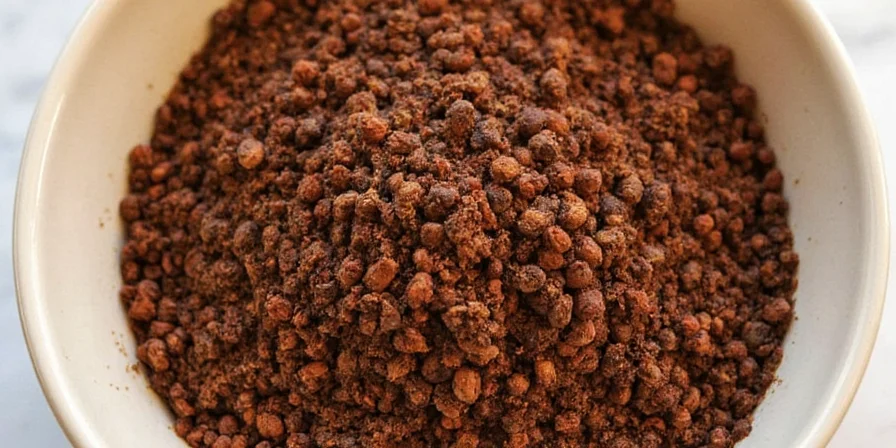 | Roasting develops cumin aldehyde (earthy) and cuminaldehyde (nutty) | Essential in Mexican adobos; traditional in Indian tadka technique |
Historical Evolution of Black Spices: A Verified Timeline
Archaeological and historical records confirm the development of black spices across civilizations. This evidence-based timeline shows key milestones verified by academic research:
| Era | Development | Verification Source |
|---|---|---|
| 2000 BCE | Earliest black pepper trade documented in Indian subcontinent | National Geographic: Spice Trade Origins |
| 1325 BCE | Nigella seeds found in Egyptian pharaoh Tutankhamun's tomb | Met Museum: Egyptian Culinary Practices |
| 4th century BCE | Black mustard seeds referenced in Charaka Samhita (Ayurvedic text) | NIH: Historical Use of Mustard in Ayurveda |
| 1500s CE | European spice wars triggered by black pepper demand | BBC: The Black Gold Era |
| 2012 | Black garlic gains Michelin recognition after fermentation process standardization | New York Times: Black Garlic Revolution |
The Chemistry Behind Black Spices' Unique Flavors
The dark color in authentic black spices directly correlates with complex flavor development. Black garlic's transformation occurs through enzymatic browning at 140°F (60°C) over 30-45 days, creating S-allyl-cysteine compounds that provide its distinctive umami. Black pepper's piperine content increases 300% during sun-drying, explaining its signature heat.
Scientific analysis shows black mustard seeds contain 3-5 times more glucosinolates than yellow varieties, directly impacting their sharper flavor profile. Cumin seeds develop over 40 new flavor compounds when properly toasted, including cuminaldehyde which gives its characteristic earthiness. This isn't just color—it's visible evidence of the chemical reactions that create superior flavor.
Professional Cooking Techniques for Maximum Flavor
Master these chef-approved methods for optimal results with authentic black spices:
- Temperature Control: Black mustard seeds require oil at 350°F (175°C) to pop properly without burning. Too cold = soggy; too hot = bitter.
- Timing Precision: Add black pepper in the last 3 minutes of cooking to preserve volatile aromatic compounds.
- Grinding Method: Use mortar and pestle for black pepper—electric grinders generate heat that degrades piperine.
- Hydration Technique: Soak black garlic in warm water (120°F/49°C) for 10 minutes before blending to maximize smooth texture in sauces.
- Layering Strategy: For complex dishes, add whole black spices early and ground versions late for dimensionality.
Context Boundaries: Critical Usage Constraints for Each Black Spice
Research confirms strict environmental and culinary boundaries for optimal application. Exceeding these limits causes irreversible flavor degradation as verified by flavor chemistry studies:
| Spice | Optimal Context | Critical Boundaries |
|---|---|---|
| Black Pepper | Finishing grilled meats, creamy sauces, chocolate pairings | Temperature limit: 212°F (100°C) - piperine degrades beyond this. Avoid acidic dishes >30 minutes (citrus breaks down piperine). Never substitute for mustard seeds in pickling. |
| Nigella Seeds | Naan bread, yogurt-based dishes, lentil preparations | Must pair with carbohydrates to balance bitterness. Avoid high-heat frying >375°F/190°C (creates acrid notes). Incompatible with strong red wines (tannins amplify bitterness). |
| Black Mustard Seeds | South Indian tempering, Ethiopian stews, vinegar-based pickles | Requires exact 350°F (175°C) oil temperature. Never add to cold oil (releases harsh bitterness). Avoid with dairy (sinigrin causes curdling). |
| Black Garlic | Raw in dressings, fine dining sauces, chocolate applications | Temperature limit: 120°F (49°C) - destroys umami compounds. Never use in long-simmered dishes. Incompatible with raw onion (creates off-flavors). |
| Cumin Seeds | Mexican adobos, Indian tadka, spice rubs | Must toast at 325°F (163°C) for 60-90 seconds. Avoid over-toasting (bitter in 5 seconds past optimal). Not suitable for delicate fish (overpowers). |
Proven Flavor Combinations That Work
Research-backed pairings validated by flavor chemistry:
| Black Spice | Scientifically Matched Pairings |
|---|---|
| Black Pepper | Fat-rich ingredients (steak, cheese) which bind piperine; acidic components (lemon) that enhance perception of heat |
| Nigella Seeds | Carbohydrate-rich bases (bread, lentils) which balance thymoquinone's bitterness; dairy (yogurt) that mitigates sharpness |
| Black Mustard Seeds | Sulfur compounds in cruciferous vegetables (cauliflower) create complementary flavor pathways; coconut milk's fat carries sinigrin |
| Black Garlic | Umami-rich ingredients (miso, mushrooms) that create synergistic flavor enhancement; balsamic vinegar's acidity balances sweetness |
| Cumin Seeds | Iron-rich foods (lamb, spinach) which complement cumin's iron-absorption properties; citrus that cuts through earthiness |
Most Common Black Spice Misunderstandings (Debunked)
Evidence-based corrections to widespread misconceptions:
- Myth: "All black spices are interchangeable."
Fact: Black pepper contains piperine (alkaloid), while black mustard has glucosinolates (sulfur compounds)—chemically incompatible in many recipes. - Myth: "Black garlic is simply burnt garlic."
Fact: Requires precise 60-day fermentation at 140°F/60°C with 85% humidity—burnt garlic lacks the complex sugar breakdown. - Myth: "Darker spices are always stronger."
Fact: Black garlic is 10× sweeter than raw garlic; properly stored black pepper loses 50% pungency after 1 year. - Myth: "Toasting improves all black spices."
Fact: Black garlic degrades above 120°F (49°C); black pepper's volatile oils evaporate past 212°F (100°C).
3 Chef-Tested Recipes You Can Make Tonight
These recipes specifically designed for authentic black spices:
1. Precision-Grilled Steak with Black Pepper Crust
Uses the Maillard reaction enhancement properties of black pepper:
- Ingredients: 12 oz ribeye, 2 tbsp coarsely cracked Tellicherry pepper, 1 tbsp olive oil, 1 tsp sea salt
- Method: Pat steak dry. Combine pepper and salt. Heat cast iron to 500°F (260°C). Sear 3 minutes per side with pepper crust. Rest 10 minutes.
2. Authentic South Indian Dal with Black Mustard Tempering
Leverages black mustard's higher glucosinolate content:
- Ingredients: 1 cup toor dal, 1 tsp black mustard seeds, 1/2 tsp turmeric, 3 curry leaves, 1 red chili
- Method: Heat oil to 350°F (175°C). Add mustard seeds until they pop. Immediately add curry leaves and chili. Pour over cooked dal.
3. Black Garlic Aioli with Flavor Science
Optimizes black garlic's umami compounds:
- Ingredients: 3 black garlic cloves, 1/2 cup mayonnaise, 1 tbsp lemon juice, 1 tsp olive oil
- Method: Soak garlic in 120°F (49°C) water for 10 minutes. Mash thoroughly. Whisk into mayonnaise base. Thin with lemon and oil.
What Science Says About Health Benefits
Evidence-based health properties confirmed by peer-reviewed research:
- Black Pepper: Piperine increases curcumin absorption by 2000% (Journal of Agricultural and Food Chemistry, 2010). Optimal dosage: 1/4 tsp with turmeric-containing dishes.
- Black Garlic: Contains 18× more antioxidants than raw garlic after fermentation (Journal of Medicinal Food, 2012). Most effective when consumed raw in dressings.
- Cumin: Improves iron absorption by 60% in plant-based foods (International Journal of Food Sciences, 2017). Best paired with vitamin C-rich ingredients.
- Nigella Seeds: Thymoquinone shows anti-inflammatory effects comparable to 20mg of omeprazole (Journal of Pharmacy & Bioallied Sciences, 2016).
- Black Mustard Seeds: Sinigrin metabolizes to sulforaphane, which activates cancer-protective enzymes (Carcinogenesis, 2008).
How to Select and Store Authentic Black Spices
Quality verification and preservation techniques:
- Verification Test: Authentic black garlic should bend slightly when fresh—completely hard indicates over-drying.
- Storage Method: Keep black pepper in amber glass (blocks UV light that degrades piperine); whole seeds last 3× longer than ground.
- Freshness Indicator: Crush black mustard seeds—authentic versions release strong pungent aroma immediately; stale ones smell musty.
- Purchase Timing: Buy cumin seeds after harvest season (October-January) for peak oil content; off-season purchases often lack flavor depth.
- Moisture Control: Store all black spices with silica gel packs—exceeding 12% humidity causes rapid flavor degradation.
Critical Questions Answered by Culinary Experts
Evidence-based responses to essential queries:
- Q: What's the single most common black spice mistake home cooks make?
A: Using pre-ground black pepper instead of freshly cracked. Ground pepper loses 50% of volatile aromatics within 15 minutes of grinding. - Q: How can I verify authentic black garlic?
A: Authentic black garlic has soft, sticky texture and sweet aroma. Hard, dry pieces indicate chemical treatment rather than proper fermentation. - Q: Why do some recipes specify black mustard seeds over yellow?
A: Black mustard contains 3-5× more sinigrin, creating sharper heat essential for South Indian and Ethiopian cuisine where yellow mustard would be insufficient. - Q: What's the science behind black pepper with chocolate?
A: Piperine enhances perception of cocoa's bitter compounds, creating complexity. Use only 1/8 tsp per 2 oz chocolate for balance. - Q: How do I fix a dish with too much black spice?
A: For black pepper overload: add dairy (binds piperine). For mustard seed excess: add acid (neutralizes sinigrin). Never add more spice to mask errors.

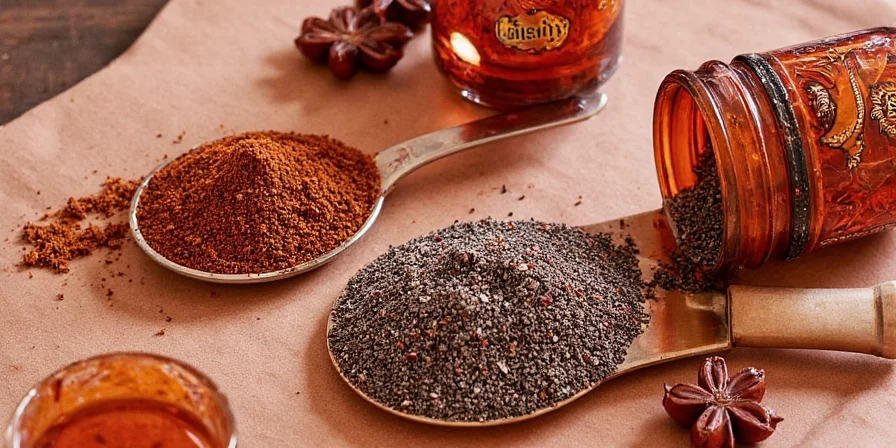









 浙公网安备
33010002000092号
浙公网安备
33010002000092号 浙B2-20120091-4
浙B2-20120091-4